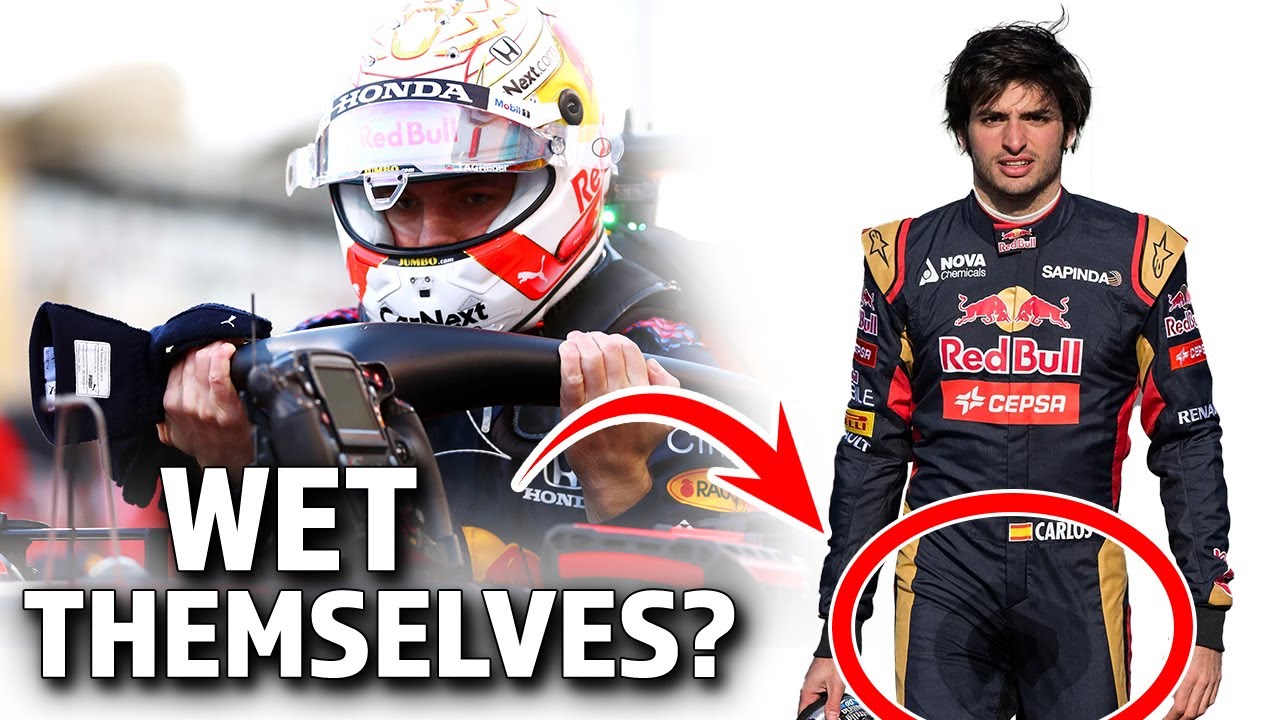NASCAR drivers face races lasting several hours in hot, demanding conditions. Managing bodily functions is crucial. The primary solutions are voluntary dehydration and, if necessary, specialized equipment.
The Primary Strategy: Controlled Dehydration
Most drivers rely heavily on voluntary dehydration before and during the race. They significantly limit fluid intake for several hours leading up to the event. During the race, they drink minimal amounts - often just sips of water or specially formulated hydration drinks designed to replace electrolytes lost through sweating without causing significant urine production. Drivers sweat profusely due to high cockpit temperatures (often exceeding 100°F/38°C), which helps the body utilize the limited fluids consumed to regulate temperature rather than producing significant urine.
The Backup Solution: Catheter Systems
For emergencies during very long races (like the Coca-Cola 600), some drivers employ a discreet catheter system. This involves:

- Customized Equipment: A medical-grade, flexible tube is carefully inserted into the driver's urethra before the race begins.
- Collection Device: This tube connects to a collection bag securely taped to the driver's abdomen or leg, designed to be non-restrictive and hold significant volume.
- Hygiene & Safety: The process is conducted privately and sanitarily. The tube is secured to prevent dislodgement or irritation during intense driving movements.
Operational Considerations
- Pit Stop Communication: If a driver needs a non-fluid-related bathroom break, they can communicate this to the crew via radio. Teams can factor this into a planned pit stop strategy, allowing the driver a very brief visit to trackside facilities during a stop.
- Logistical Challenge: Stopping solely for a bathroom break is exceptionally rare due to the massive time penalty (losing laps). The loss of track position makes it impractical.
In summary, dehydration is the main tactic. Catheter systems serve as an infrequently used but critical contingency plan for lengthy races where extreme dehydration is unsafe, enabling drivers to focus entirely on competition while managing a basic physiological need.








